Water purification treatment is the process of removing all harmful bacteria, viruses, and other organisms from water. It can even make your water taste and smell better! This process can be done in many ways, depending on how big your household is, how much you are willing to spend, and the benefits you want. Here are some of the most common ways to purify water including using ION water treatment drops, screening, disinfection, and filtration:
Water Treatment Drops
ION water treatment drops raise pH level and increase oxygen through a process called aeration, which means adding air to water. This chemical process is efficient with a single bottle of drops purifying 110 gallons because of the one-of-a-kind potent formula that eliminates all impurities rapidly!
Plus, these drops are incredibly effective and ensure safe, clean, crisp tasting water for at least 7 years, guaranteed. How? Because they promote an environment that bacteria, viruses, and other nasty toxins hate and avoid. Depending on your water source, these drops can be a one-step system unlike some of the other options on this list, however, they only eliminate bacteria and viruses so if you want to get rid of large particles like dust, dirt, and debris, we recommend combining ION water treatment drops with a filtration system.
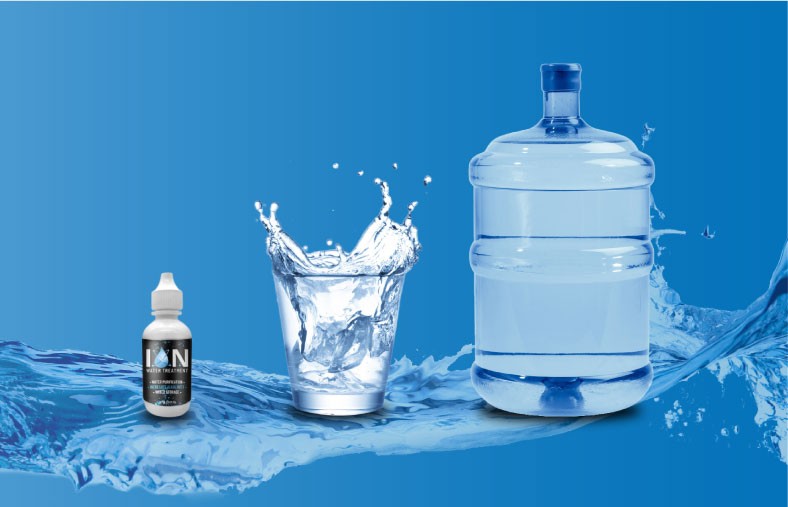
Point of Use Screening
Screening is a process that removes large particles from water and is often done at pint of use (POI), meaning it is treating a small amount of drinkable water. Typically, this is primarily utilized to improve taste and ensure mould and mildew do not find a way into your glass.
This prevents clogging in your other purification processes and ensures you get the best quality water possible for hydration systems, but only the most advanced systems will keep you from ingesting small particles, including bacteria. In fact, some screening options, particularly cheap and low-quality options, will not get rid of bacteria or viruses and will only get rid of larger pollutants.
Solids Removal and Filtration
Water filtration systems use various methods to remove suspended particles, including sand, charcoal, and carbon filters. One of these is the filter housing unit (also called a cartridge), which is made of plastic or fiberglass and contains an activated carbon block inside. This block can be changed out to remove contaminants such as chlorine or pesticides that may have been added to your water supply.
However, unlike alkaline water treatment drops, this method doesn’t guarantee clean water for years and needs to be combined with other potentially expensive systems like an ultraviolet light disinfection system that provides a second treatment level after filtration. UV light waves kill viruses by damaging their genetic material and destroying bacteria and algae spores within the treated water supply.
Sedimentation
Sedimentation is the process of allowing suspended particles to settle by gravity. The particles settle to the bottom and are removed from the water. Sedimentation can be carried out in a tank or other vessel where they are trapped. The tank may be rectangular or round and can be made of metal or plastic. This is often one of the first steps in a 5 to 7 step system that filters, purifies, and delivers refreshing, clean water.
Clarification
Clarification is the process of removing suspended solids from water. Suspended solids include organic matter such as plankton, algae, pollen, and decaying leaves. Clarification can be achieved by adding chemicals to the water that cause these suspended particles to drop out of suspension (or settle). The two most common chemicals used for clarification are alum and ferric chloride.
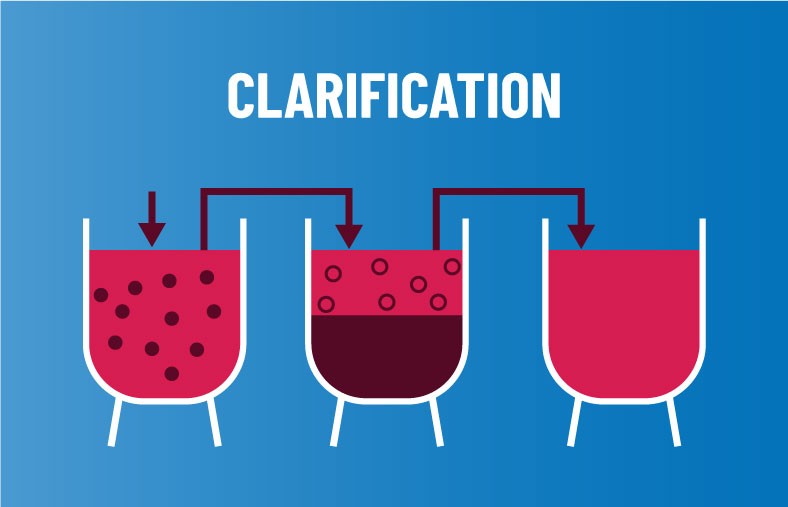
Boiling
Boiling is often used as an emergency method to reduce pathogens during natural disasters but is not an efficient way to purify water daily. Still, it is effective and kills everything you should be worried about. Just make sure you bring the water to a rolling boil for at least 1 minute (3 minutes for high altitude areas).
Disinfection
Disinfection is often the final step in water purification, and it’s done to kill microorganisms in water. It can be accomplished by physical, chemical, or biological means.
- Physical disinfection involves heating or filtration of raw water until all live organisms are dead—this is the most common method used for disinfecting drinking water. Some systems will even keep water in motion to ensure it stays free from microorganisms.
- Chemical disinfectants disrupt the cell membranes of microorganisms, causing them to die from dehydration and starvation. These types of chemicals include chlorine (sodium hypochlorite), iodine (e.g., potassium iodide), ozone, hydrogen peroxide, and silver nitrate.ION Treatment Drops also use safe chemicals, but they are all-natural and promote stabilized oxygenation and alkalinity to eradicate harmful substances from drinking water.
- Biological agents like chlorine dioxide and ultraviolet light may be used as a last resort for disinfecting highly contaminated raw water sources, such as those that have been exposed to sewage overflow events due to heavy rainfall events after floods/hurricanes, etc., where chemical treatments would not be feasible.
Conclusion
In conclusion, water purification treatment is important to ensure you have the best drinking water both in taste and safety. The process will remove any impurities from your water, such as bacteria, viruses, parasites, and toxins. It also helps prolong the shelf life of your bottled water and prevents it from going bad faster. While many of the options are expensive and only partly effective and need to be combined, ION water treatment drops are affordable, effective, efficient, and money-back guaranteed to work.
Reference:

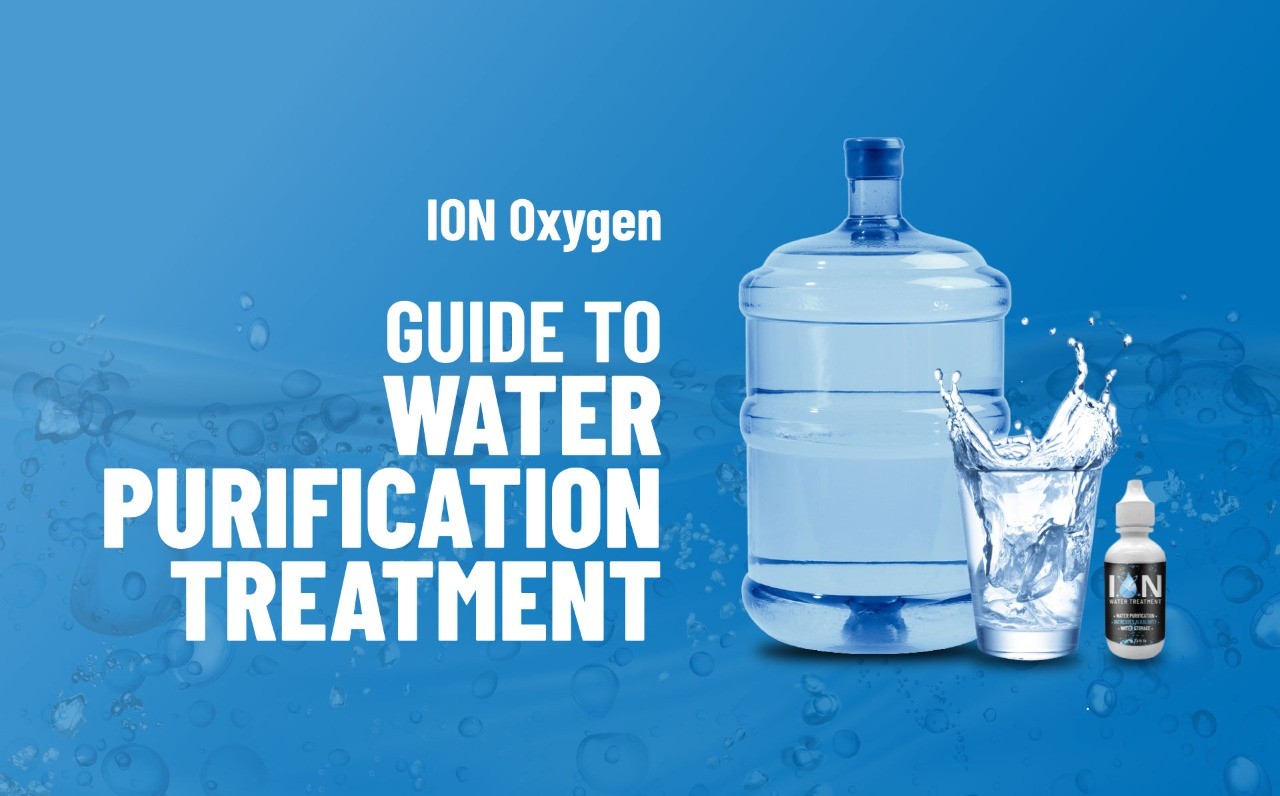

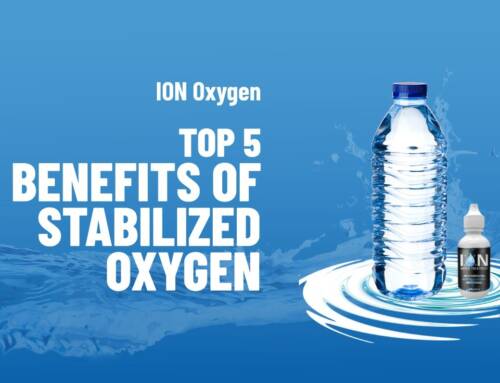
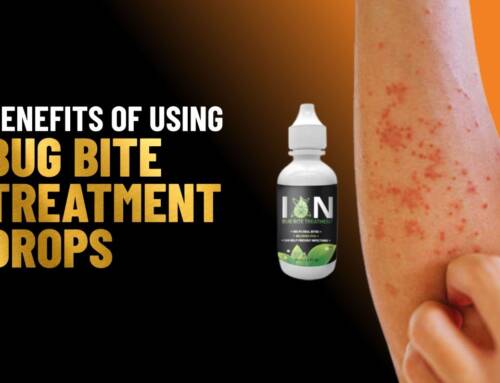
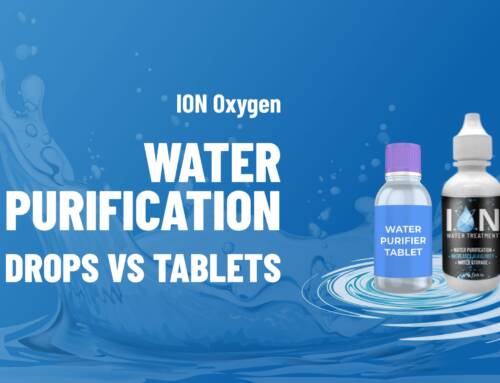
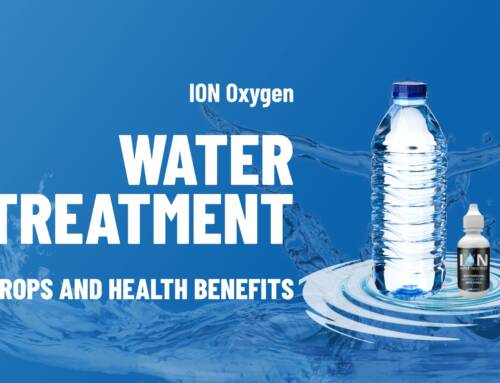
Leave A Comment